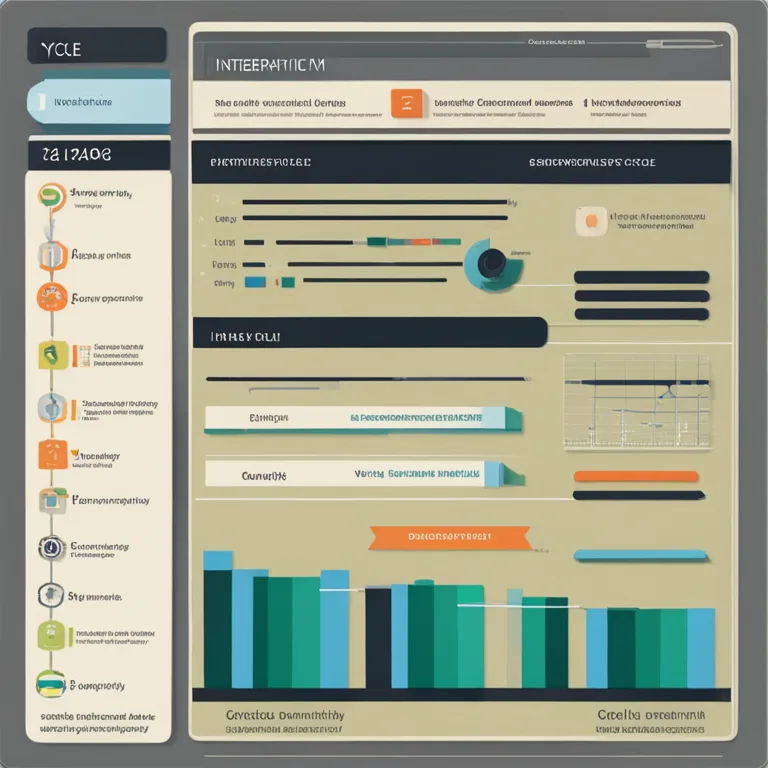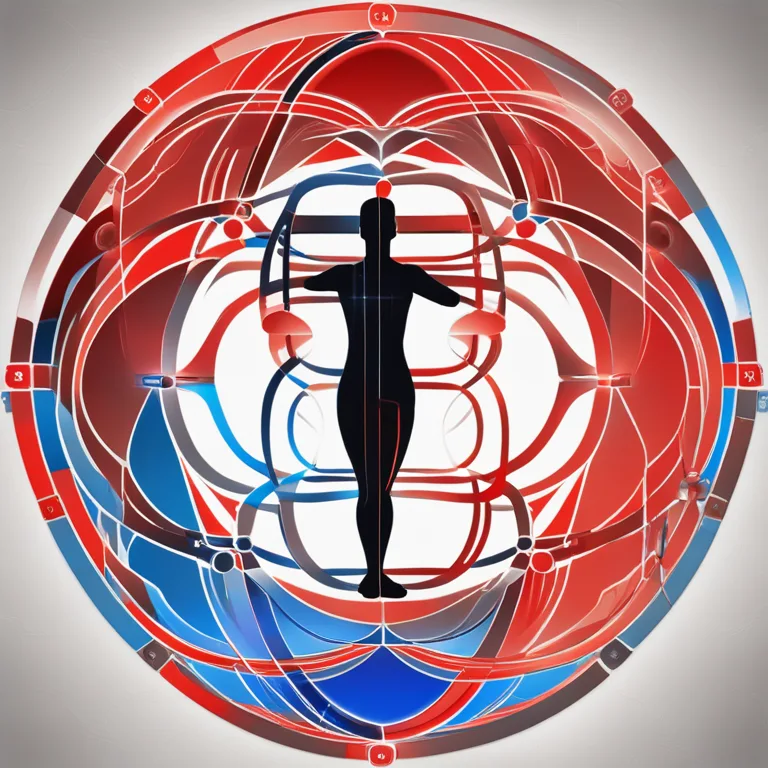
The Rhythms of Life: Insights into Personal Biorhythms
Discover the intriguing world of biorhythms and learn how to interpret the physical, emotional, and intellectual cycles that shape our daily lives.
article by Adrian Wallace
The Basics of Biorhythms
The concept of biorhythms starts with the understanding that our lives are governed by innate cycles. These cycles dictate our physical, emotional, and intellectual states. Originating from the foundational work of Dr. Wilhelm Fliess in the late 19th century, biorhythms are calculated based on our birth date, and each cycle has a specific duration. The physical cycle runs for 23 days and affects vitality, strength, and health. Every 28 days, the emotional cycle repeats, influencing mood and creativity. Lastly, the intellectual cycle spans 33 days, impacting analytical thinking and cognitive skills. Monitoring these cycles allows us to make informed decisions about various aspects of our lives.

Physical Cycle: An Example Scenario
Imagine a scenario where an athlete is planning his training sessions. Aware of his 23-day physical biorhythm, he notes that when this cycle is in a high phase, his strength and endurance peak. This is the ideal time for intensive workouts and competitions. Conversely, when in a low phase, the risk of injury is greater, recommending a focus on rest or low-impact activities. It’s during these strategically timed rest periods that the body can recuperate most efficiently, potentially preventing burnout and optimizing performance.

Emotional Biorhythm: Daily Life Implications
The emotional biorhythm wields a subtle yet profound influence on our interactions and feelings. During a high swing in the 28-day cycle, one might find social engagements more rewarding and communication easier. A person in the positive phase of their emotional biorhythm is typically more resilient and positively disposed. On the flip side, during a low phase, an individual may feel more vulnerable to stress and may benefit from self-care practices. Recognizing these patterns can foster better personal relationships and emotional health.

Intellectual Cycle: Productivity and Performance
Managers and students, among others, find the intellectual biorhythm cycle crucial, primarily for its correlation with the mind's ability to process and analyze information. Peak intellectual days that occur every 33 days can be timed to coincide with problem-solving tasks, learning activities, or decision-making meetings. On the other hand, acknowledging the low points of this cycle can help set realistic expectations for cognitive performance, potentially scheduling less demanding intellectual tasks or allowing for additional time to complete complex projects.

Integrating Biorhythms Into Scheduling
The practical application of biorhythms could prove beneficial in both personal and professional spheres. Individuals can tailor their daily tasks, social events, and high-focus tasks according to their specific biorhythmic charts. Advanced planning around these cycles may contribute to improved well-being and efficiency. This method can make a significant difference, for instance, when scheduling job interviews, travel, or serious discussions, maximizing one’s potential in line with the rhythm of their personal cycles.
Biorhythm Tools and Tips for 2024
In 2024, with the rise in personalized wellness apps and platforms, various tools are available to help track and analyze your biorhythms. These digital aids can offer daily insights and forecasts, assisting in aligning your activities with your cycles. They stress the importance of being heedful of the body’s natural rhythms, potentially reducing the clash between personal energy levels and external demands. As with any wellness tool, remember that individual experiences may vary, and it's essential to use biorhythm insights as a guide rather than an absolute rule.
Published: 12/28/2023
Modified: 12/28/2023
More predictions
Come back here soon to learn more about yourself and your future


Biorhythm Compatibility & Birthdays
Discover the intriguing connection between your birthday biorhythms and relationship harmony in our insightful article.


Navigating Biorhythm Cycles
Explore the concept of biorhythms, their cycles, and examples of how they influence our daily lives.


Biorhythms In Humans Explored
Exploring the concept of biorhythms and their influence on human behavior and physical states.